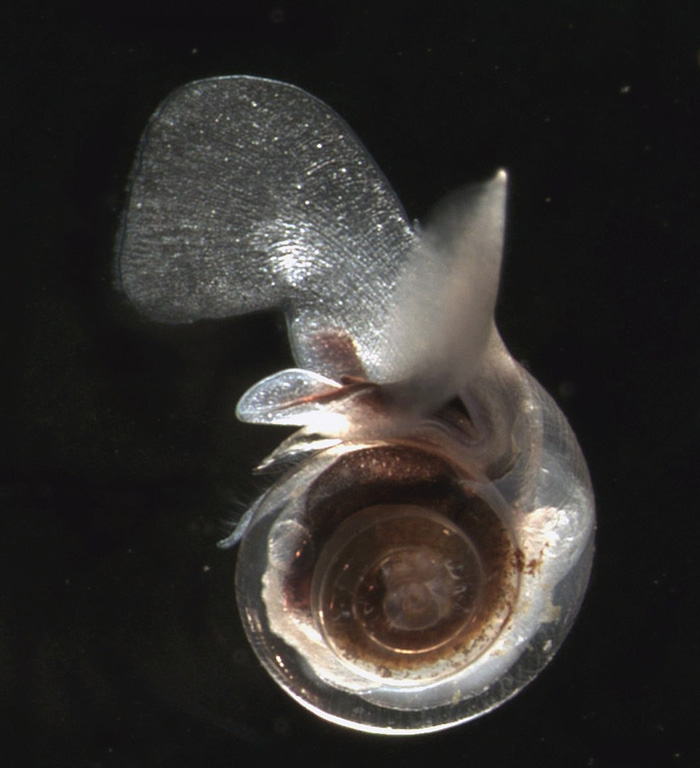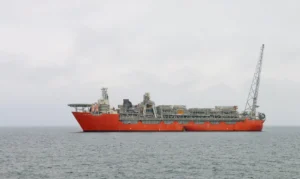Deforestation, degradation of soils, fossil fuel use and other human activities, such as industry and non-sustainable crops and animal agriculture, are the sources of carbon dioxide (CO2). The increase of carbon dioxide concentration in atmosphere induces global warming and acidification of seas, with huge impacts on marine life.
What is the correlation between the increase in the amount of CO2 and the side effects on seas and oceans?
In the sea CO2 from atmosphere reacts with water to form, through a couple of reactions, one carbonate ion (CO32-) and one hydrogen ion (H+).
In normal conditions there is a chemical balance between these substances, but, when the amount of carbon dioxide increases, the equilibrium is broken and the reactions lead to a greater production of hydrogen ions, making water more acidic.
When this happens, severe consequences to sea life occur:

- Dissolution of seashells and other structures made with calcium carbonate. Acidity dissolves calcium carbonate in calcium ion (Ca2+) and ion carbonate (CO32−); ion carbonate bonds with hydrogen ions (H+) to balance acidity.
- Altered shell production. Some species keep their shell production speed, but its structure is less dense and weaker; in other species shell production is slowed down and shell dissolves more quickly than organisms make it.
- The metabolic rate of certain species is slowed down.
- The immune system of some species is weakened, thus they become ill more frequently or they are not able to heal.
- Coral bleaching – Corals have their wonderful colours thanks to special algae living in symbiosis with coral polyps. When water is too acid, these algae stops their photosynthetic activity and are expelled from the polyps. Without the algae, which provide the most part of energy needed, the most part of corals will starve and die.
- The eggs of certain species need more time to hatch. The longer the time, the higher the risk eggs are predated.
- In some species newborns have anomalies, thus they have a lower survival rate.
In addition to these effects due to chemistry, there are also physical issues:
- In the water a larger amount of dissolved carbon dioxide (CO2) makes sound waves travel further. This increases ocean noise and affects animals communication and echolocation systems.
- Carbon dioxide and other greenhouse gases (GHG) cause global warming.The higher the temperature, the smaller the oxygen solubility in water. So the oxygen (O2) leaves the water and spreads in the atmosphere, leaving depleted areas where marine organism can’t live.
Many responses to ocean acidification are being considered, such as:
- Iron fertilisation. Chemicals containing iron would be spread in the seas, increasing phytoplankton photosynthetic activity. Phytoplankton would consume more carbon dioxide (CO2) for its metabolism, producing oxygen (O2) and nutrients for other organisms.
- Use of chemicals to buffer water acidity.
- Development and utilisation of special machinery to produce ores from carbon dioxide. These systems reproduce chemical processes of natural ore or seashell formation, creating new minerals to be released in the sea.
- Reduction of CO2 emission.
Currently the first three options are not applicable, since they are expensive, would be effective only on small areas and, introducing new substances in an already compromised environment, they may create additional damages.
While waiting for further studies and efficient solutions, we can help the environment reducing carbon emission, developing new technologies and adapting production processes in industrial and farming sectors. We can also contribute changing some of our habits in everyday activities to reduce our own carbon footprint.
Jessica Moro
DSO
Images
Cover: General representation of the global carbon cycle, Silvania Avelar, Tessa S. van der Voort & Timothy I. Eglinton. Credit to Jack Cook, Woods Hole Oceanographic Institution, 10.1186/s13021-017-0077-x
Article: Victim of Acidification, NOAA’s National Ocean Service, flickr



